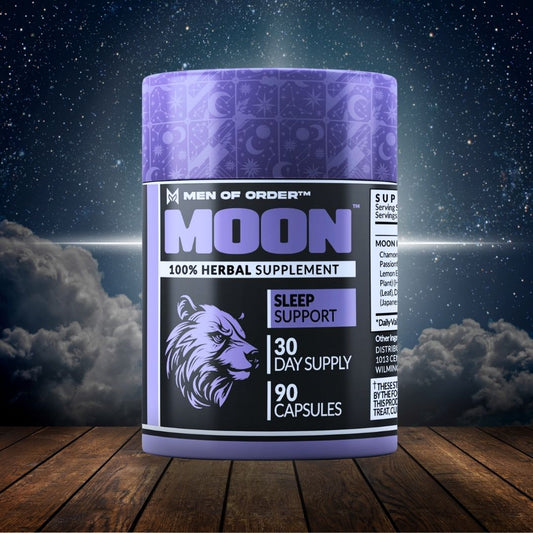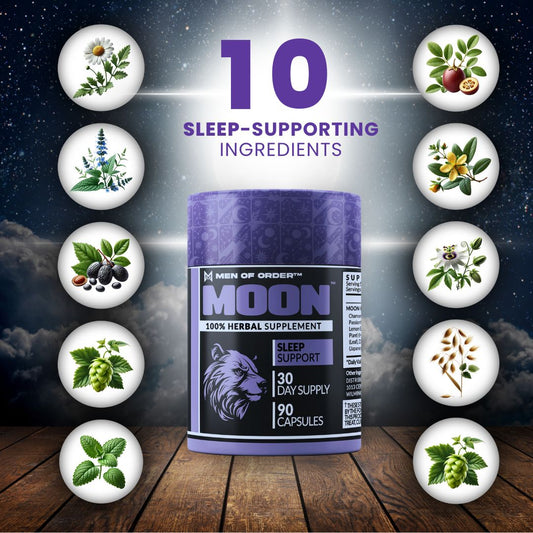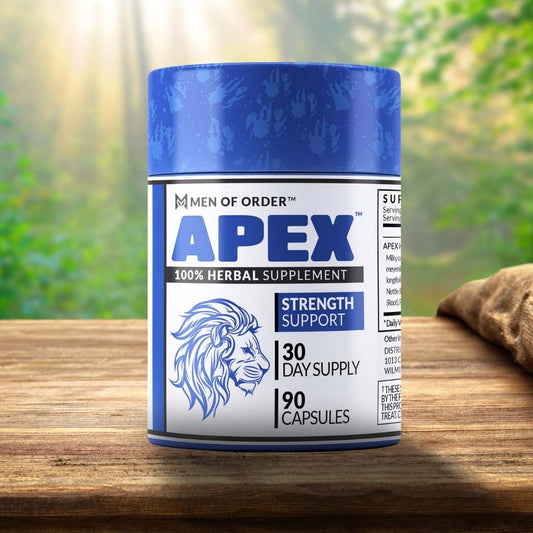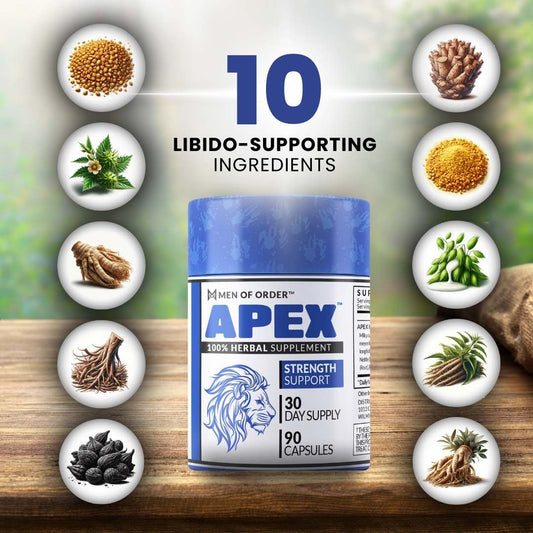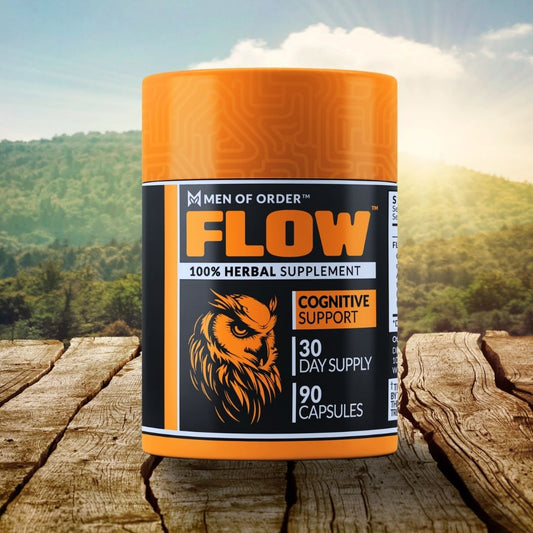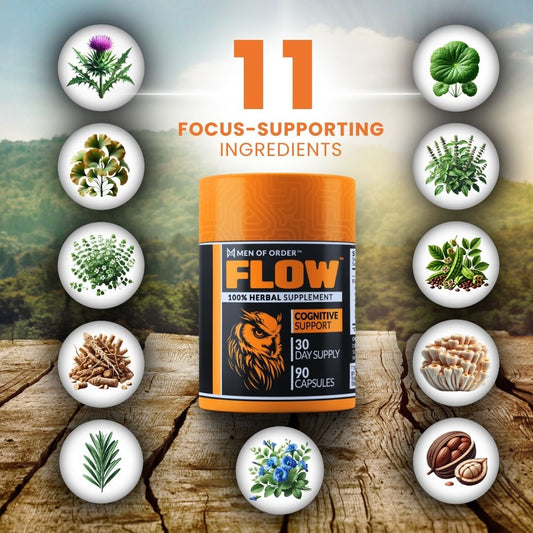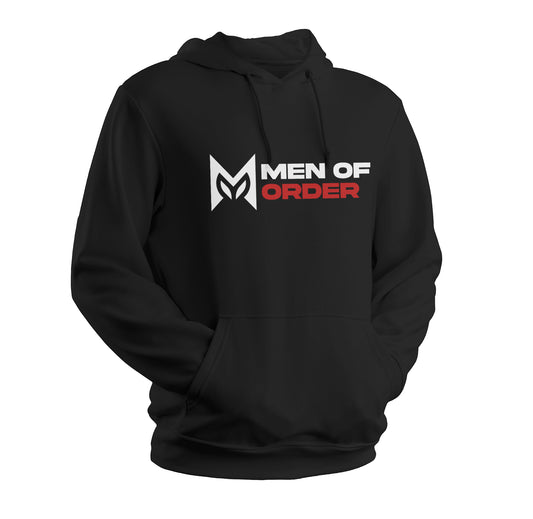March is known as National Nutrition Month. A month dedicated to celebrating and highlighting good nutrition habits, but what exactly is good nutrition? Tufts describes good nutrition as getting your body all the nutrients, vitamins, and minerals it needs to work at its best.
Everyone knows about the importance of eating fresh fruits and vegetables, getting enough carbohydrates, and proteins, but what about lesser-known nutrients like fiber, vitamin D, or iron. In this article, we will discuss what each of those nutrients is, what they do in the body, and the good food sources of each.
Fiber
Dietary fiber is one of the most important nutrients that aren't frequently discussed. In an earlier article, we covered the basics of fiber. As a quick reminder, fiber comes in two forms soluble and insoluble. Soluble which is able to dissolve in water. Good sources of soluble fiber include flax/chia seeds, oats, peas, beans, and lentils.
Insoluble fiber, however, does not dissolve in water and passes through the body relatively intact. Good sources of insoluble fiber include whole-wheat flour, whole bran, nuts, and potatoes. Getting adequate fiber in your diet provides the body numerous health benefits including improved bowel health, reduced risk of type 2 diabetes, and improved mood.
Fiber can have a laxative type effect on the body, but it depends on the type of fiber consumed. Soluble fiber is perfect for fixing constipation as it adds to the water content of stool, but insoluble fiber just adds to the dry mass of stool without adding water resulting in further constipation, so if consuming excess insoluble fiber, increase water consumption as well.
Insoluble fiber does, however, help combat diverticulitis (intestinal inflammation). In a study of 43,881 men, it was found that insoluble fiber had an inverse relationship with the risk of developing diverticulitis, the group with the highest fiber consumption was associated with a 40% reduction of risk in diverticulitis.
A high fiber diet is also associated with a reduction of type 2 diabetes, due to fiber slowing the release of nutrients from food, which in turn slows the rate of blood sugar increase. Harvard produced multiple studies showing that the fiber from whole grain cereals decreases type 2 diabetes risk, especially when compared to a diet of rapidly absorbed carbohydrates.
In what may be a surprise to some, a high fiber diet is associated with a reduction in depression, anxiety, and psychological distress. Faezeh Saghafian and others found in their study that fiber consumption of more than 25.6g of fiber was associated with a 41%, 35%, & 40% reduction in depression, anxiety, and psychological distress respectively.
Here is a reference table to show the amount of fiber you should be consuming per day.

Vitamin D
Vitamin D is a fat-soluble vitamin, that is often referred to as the "sunshine vitamin". This is because your body naturally produces vitamin D when your skin is exposed to sunlight. This "magic" vitamin offers the body numerous health benefits and it's a shame that more than 40% of the USA is deficient.
Adequate vitamin D consumption is associated with a reduced risk of diseases such as multiple sclerosis, cancer, and depression. In a study of 187,000 women, it was found that women who consumed 700 IU/day of vitamin D had a 33% reduced risk of multiple sclerosis.
Vitamin D has a major effect on colorectal cancer as evidenced by Ma's study that showed how a 10ng/mL increase of serum vitamin D levels reduces the risk of colorectal cancer by 26%. Vitamin D plays an important role in mood regulation as well.
This isn't surprising due to the fact that you get vitamin D from the sun, which holds mood-enhancing qualities. Milaneschi studied 1102 depressed patients and found that 33% of them were deficient in serum vitamin D (< 50nmol). It was also found that serum vitamin D levels have an inverse relationship with depression symptoms.
Refer to this table to see the recommended daily allowance of vitamin D.

While you can just walk out the door to get some vitamin D, here are some good food sources:
- Fatty Fish (Salmon, Herring, Sardines, Tuna)
- Mushrooms
- Fortified Foods (Milk, Cereal, Juice)
Iron
Iron is a mineral that the body uses to make hemoglobin- a protein in red blood cells that carries oxygen to all parts of the body. Iron is of special importance to women who are actively menstruating as they lose a significant amount of blood monthly and in turn a lot of iron. This causes a lot of undiagnosed iron deficiencies in women, especially those who are vegetarian/vegan (men too), whose bodies are screaming for help.
These screams come in the form of fatigue, sensitivity to cold, and pica- cravings for non-food items, especially ice! If you or someone you know is showing symptoms as described above, get serum iron levels checked as there may be a deficiency. Follow this table to know how much iron you need to eat per day.

Iron comes in two different forms heme and non-heme. Heme iron comes from animal sources and is better absorbed than non-heme iron which comes from plant sources. Sources of heme iron include oysters, liver, beef, and chicken and non-heme iron sources include beans, lentils, spinach, and fortified cereals.
This article presented some of the commonly forgotten nutrients in the western diet. As you plan your meals, plan for meals around the nutrients, especially fiber. This means that you will have to add fruits, vegetables, and plant sources of protein to your diet to easily consume adequate levels of all nutrients.











